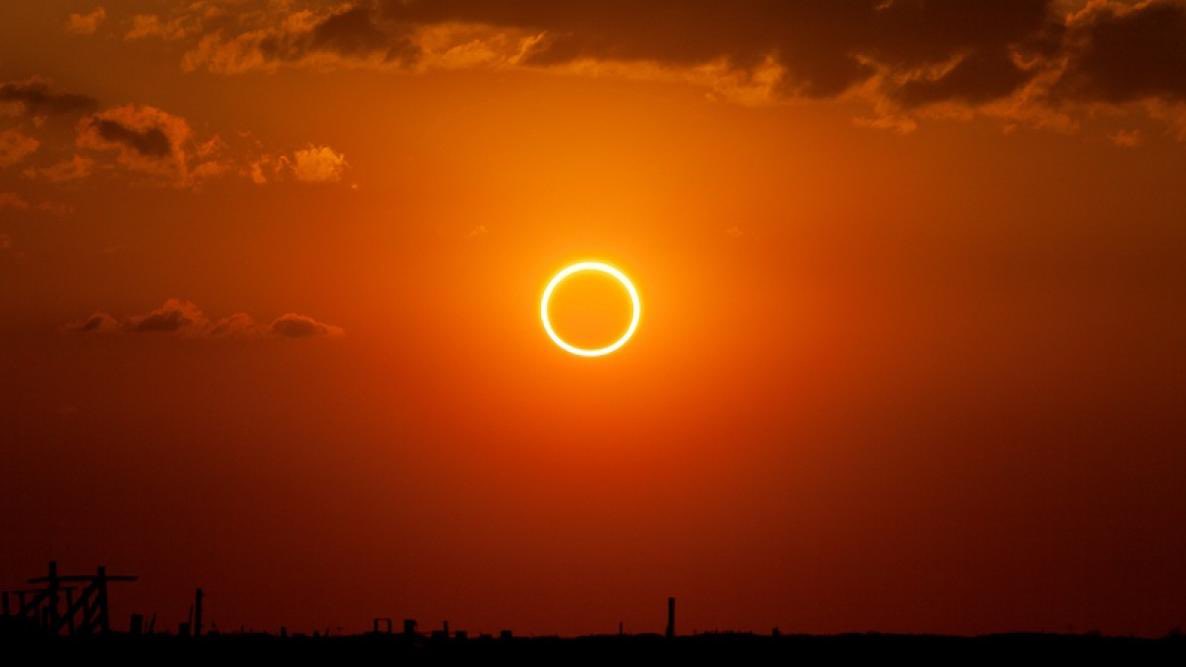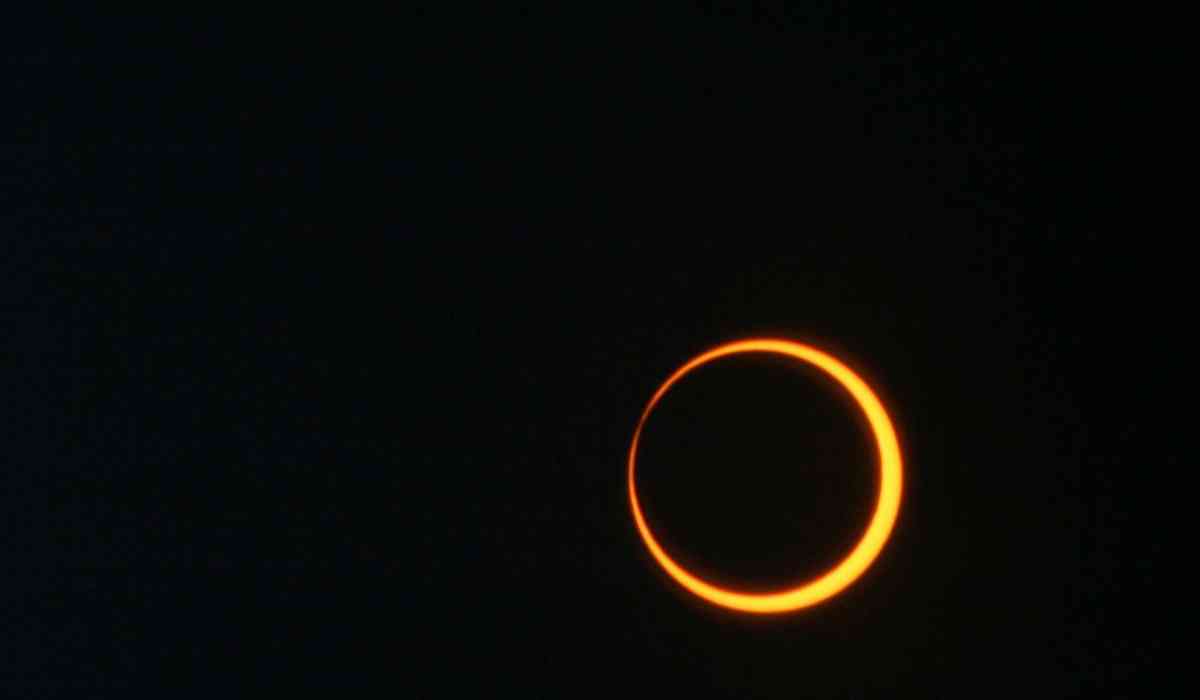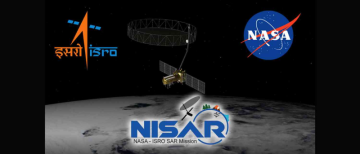Millions of people in the Americas will have the chance to see a rare astronomical event on October 14: a solar eclipse. The moon will pass in front of the sun, creating a "ring of fire" effect. The eclipse will be visible along a path that covers parts of the United States, Mexico, and several countries in Central America and South America.

What is Annular Solar Eclipse?
A solar eclipse occurs when the Moon passes between the Earth and the Sun, obscuring the visible portion of the Sun's face on a narrow path across the Earth.
An Annular Solar Eclipse, which is set to take place on October 14th, is a type of solar eclipse that occurs when the Moon passes between the Earth and the Sun at a time when it is at or near its furthest distance from the Earth. This type of eclipse does not completely cover the Sun's surface, unlike a Total Solar Eclipse and creates a "ring of fire" effect, where a thin ring of sunlight is visible around the moon.
Annular solar eclipses look like rings of fire because the moon is farther away from Earth than during a total solar eclipse. As a result, the moon does not completely cover the sun, leaving a thin ring of sunlight visible around the moon.
During a total solar eclipse, the moon completely blocks the sun, creating a brief darkness. The only light visible is a thin ring of sunlight around the moon, which makes the eclipse look like a ring of fire.
The next total solar eclipse will occur on April 8, 2024, and will be visible in Mexico, the United States, and Canada.
not completely cover the sun, leaving a thin ring of sunlight visible around the moon
Where will the Annular solar eclipse be visible?
As per NASA, on October 14, the path where the maximum solar obscuration will occur in the United States commences at 9:13 a.m. PDT (12:13 p.m. EDT/1613 GMT) in Oregon and extends through California, Nevada, Utah, Arizona, New Mexico, and Texas. Subsequently, the path continues through parts of Mexico, Guatemala, Belize, Honduras, Nicaragua, Panama, Colombia, and Brazil before concluding as the sun sets in the Atlantic Ocean. Moreover, a broader region encompassing much of North America, Central America, and South America will also witness a notable but lesser degree of solar obscuration, promising a captivating celestial display.
© Vygr Media Private Limited 2023. All Rights Reserved.
























